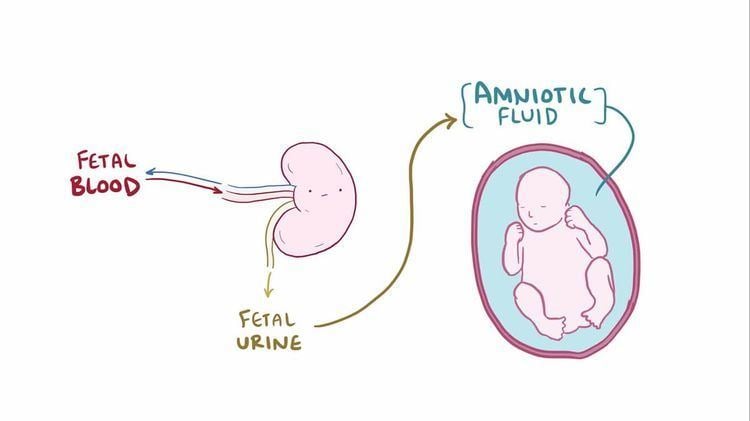Specialty medical genetics ICD-9-CM 753.0 DiseasesDB 11252 | ICD-10 Q60.0-Q60.2 OMIM 191830 | |
 | ||
Renal agenesis is a medical condition in which one (unilateral) or both (bilateral) fetal kidneys fail to develop.
Contents
It can be associated with RET or UPK3A.
Bilateral
Bilateral renal agenesis is a condition in which both kidneys of a fetus fail to develop during gestation. It is one causative agent of Potter sequence. This absence of kidneys causes oligohydramnios, a deficiency of amniotic fluid in a pregnant woman, which can place extra pressure on the developing baby and cause further malformations. The condition is frequently, but not always the result of a genetic disorder, and is more common in infants born to one or more parents with a malformed or absent kidney. Males are more commonly affected and most infants that are born alive do not live beyond four hours.
Unilateral
This is much more common, but is not usually of any major health consequence, as long as the other kidney is healthy.
It is associated with an increased incidence of Müllerian duct abnormalities, which are abnormalities of the development of the female reproductive tract and can be a cause of infertility, blocked menstrual flow (hematocolpos), increased need for Caesarean sections, or other problems. Herlyn-Werner-Wunderlich syndrome is one such syndrome in which unilaterial renal agenesis is combined with a blind hemivagina and uterus didelphys. Up to 40% of women with a urogenital tract anomaly also have an associated renal tract anomaly.
Adults with unilateral renal agenesis have considerably higher chances of hypertension (high blood pressure). People with this condition are advised to approach contact sports with caution.
The odds of a person being born with this condition are roughly 1 in 750.
